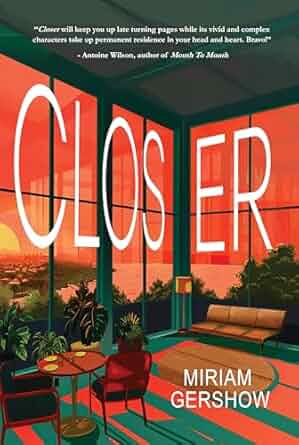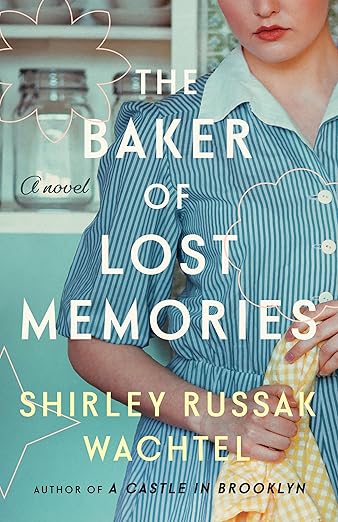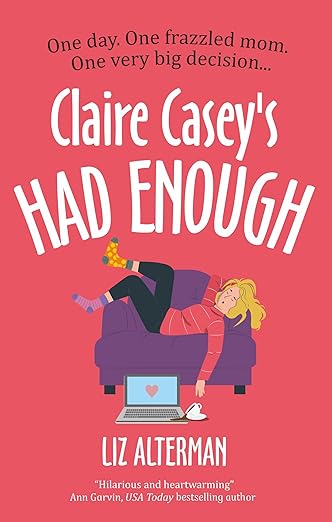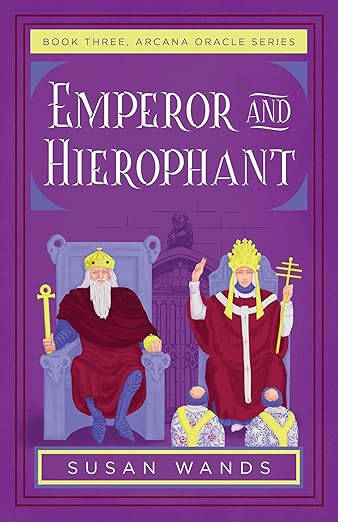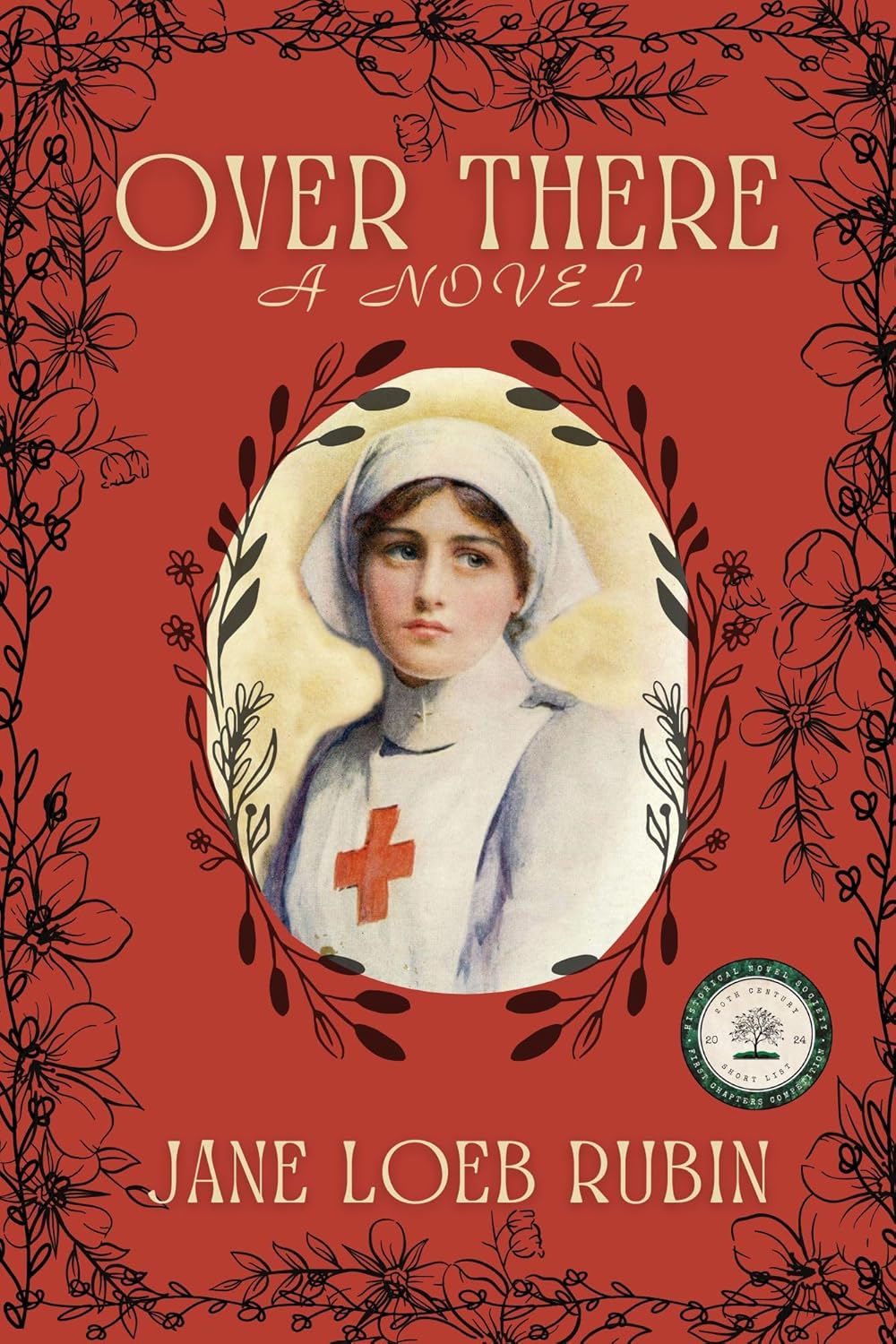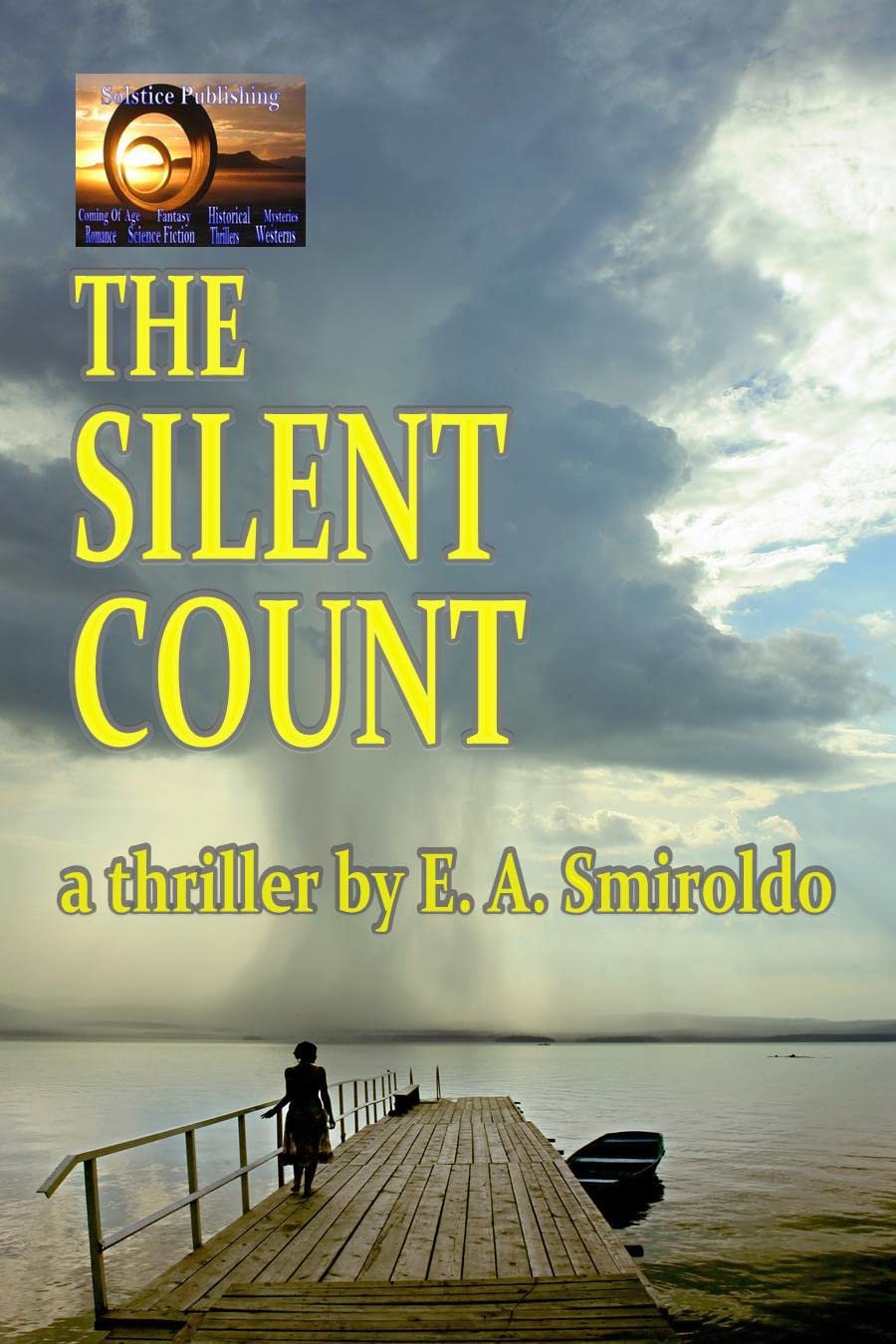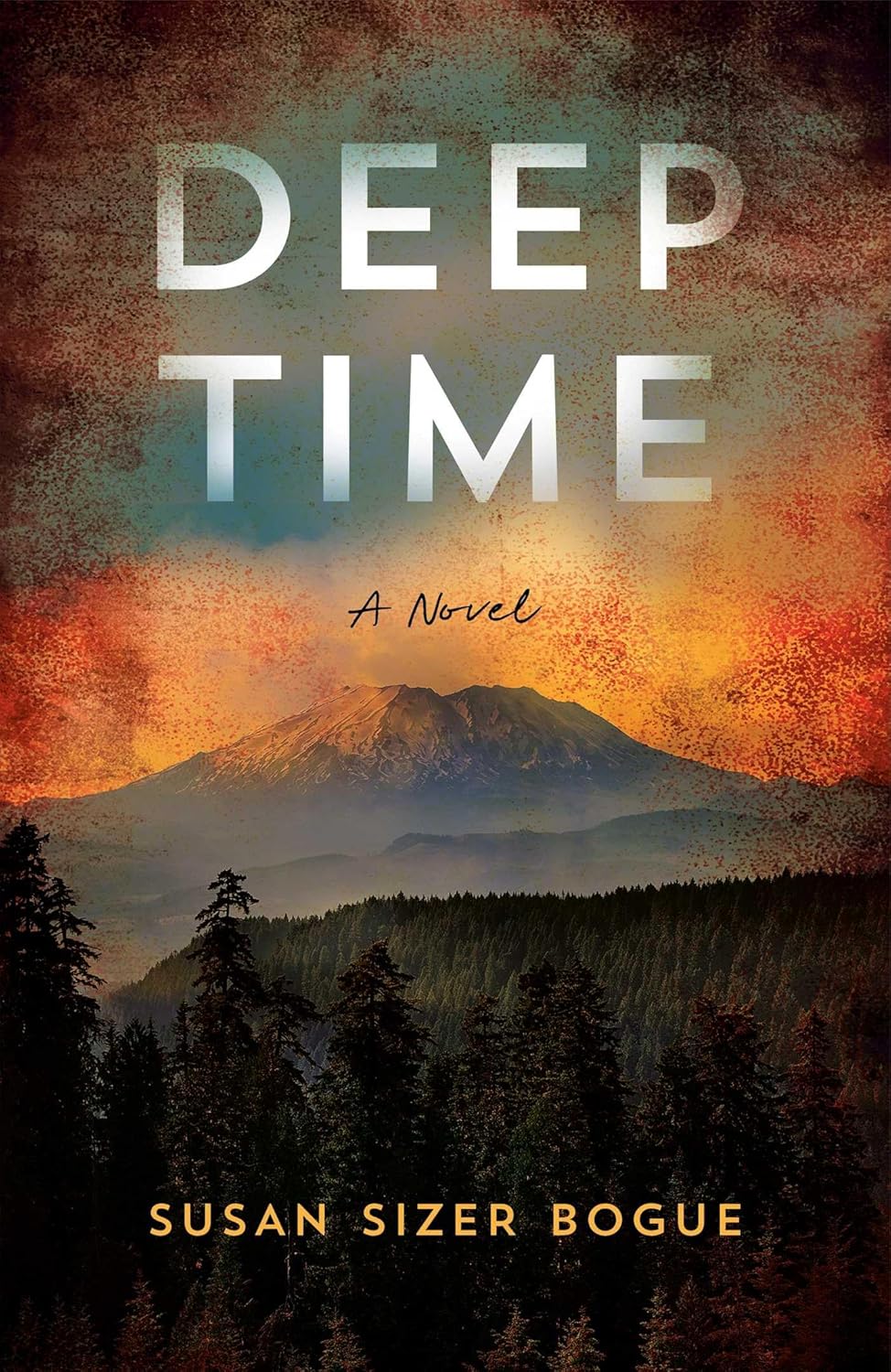Writing Historical Fiction with Strong Female Characters: Ensuring that the Past Doesn’t Repeat
By Ann E. Lowry Author, The Blue Trunk
A blue trunk sits in my foyer. I see it every day when I take my dog, Loki, for a walk. It belonged to my Great-great Aunt Marit who used it when she immigrated from Norway to the United States.
When I first noticed the blue trunk in my mother’s home, I didn’t think too much about it, but then I suggested to her that I name my newborn “Marit.” Her response? “No, you can’t do that! She was insane and we were never allowed to talk about her.”
Needless to say, I didn’t name my daughter “Marit.”
Decades later, driven by curiosity and an overwhelming desire to rebel against family rules that dictated silence around anything that might bring shame upon the family, I decided to find out what happened to this ancestor of mine.
Armed with subscriptions to various genealogy sites, I began my research. Much to my dismay, I hit many dead ends. While I was able to find a good deal of information on my great grandmother who immigrated with Marit, there was simply no information on her—no census data, no death certificate, no grave.
With some trepidation, I began researching insane asylums. What I discovered was worse than I had imagined. Many who were institutionalized in the early 1900’s were women. Many were diagnosed with hysteria.
Life for women in an insane asylum in the late 1800’s and early 1900’s was often harsh and abusive. Many were committed by family members who judged that their wives, daughters, or sisters were not adhering to societal norms for how women should behave. The symptoms for hysteria ranged from mood swings to lack of interest in sex or too much interest in sex, to lack of emotional expression or too much emotional expression to fatigue and dizziness. The list of symptoms is so long that nearly any breathing person could be diagnosed with hysteria, yet the diagnosis was used mainly for women. Hysteria wasn’t removed from the DSM until 1980. Many patients became wards of the state, basically losing any identity they had once had. They were rarely named in the census and often were not issued death certificates.
I then understood why Marit seemed to have disappeared without a trace.
My mission became clear: I must reclaim Marit’s life through historical fiction.
The Blue Trunk is about two women. Rachel is a current day character who is living a privileged life in a marriage to a conservative politician. However, in spite of all her advantages, she feels trapped in a world in which she has no control. At the beginning of the book she finds a scarf in her husband’s computer bag and concludes he is having an affair. But it is an election year, and having a marriage crisis isn’t an option. She needs a distraction and she finds that in the blue trunk.
The book moves between two centuries as the two characters struggle to survive their circumstances. As Rachel learns more about Marit, Rachel grows stronger and readers begin to see the ways in which the tide of generational trauma can be turned. The book has a satisfying ending, but the journey is not for the faint hearted. But life’s journeys often aren’t easy.
When I knew many years ago that I wanted to write a novel “someday,” I didn’t think that historical fiction would be my preferred genre. However, I now understand that writing about strong women in a historical context provides a medium by which we can expose the horrors of the past and perhaps recreate a more positive future.
Physicist extraordinaire Stephen Hawking famously said “We spend a great deal of time studying history, which, let’s face it, is mostly the history of stupidity.”
As historical fiction writers, we have the capacity to end the stupid.
—
THE BLUE TRUNK
“Lowry’s novel offers humor, sharp social commentary, startling twists, and a satisfying conclusion” –Kirkus Reviews (starred review)
“Ann Lowry weaves a miracle of storytelling . . . seamlessly blending past and present and the complications of gender, infidelity, and family battles . . .” -Randy Susan Meyers, international bestselling author of The Murderer’s Daughters
“This novel will enrage you, it will make you laugh and cry, and it will broaden your empathy a thousand miles. Tremendous.” -Peter Geye, author of The Ski Jumpers
Rachel Jackson’s idyllic life takes a dramatic turn when she discovers a woman’s scarf in her politician husband’s computer bag. But in an election year, seeking answers to questions of infidelity is not an option. When her mother gives her a family heirloom, a travel trunk owned by an ancestor, she finds a distraction. As she immerses herself in its contents, she discovers a woman whose life is vastly different from her own. Or is it? Determined to dispel the notion that her ancestor Marit was insane, Rachel sets out to unveil her unknown story. In the interwoven narratives of these two women, who are bound by blood and a shared struggle, The Blue Trunk is a poignant exploration of identity, love, and unwavering strength.
BUY HERE
More about Ann E. Lowry:
Ann’s journey into the realm of storytelling was foretold by a Sedona psychic in 2001. That prophecy became a reality two decades later when Ann discovered a family heirloom, a travel trunk from Norway, which sparked the genesis of her debut novel, “The Blue Trunk.”
A writer her entire life, Ann holds a Ph.D. in Communication from the University of Minnesota. Her career has been dedicated to teaching and helping others navigate communication and resolve conflicts. Ann is fascinated by the dynamics of relationships, discord, and the intricacies of the human condition. Ann successfully completed the Loft Literary Center’s Novel Writing Intensive course in 2022.
Alongside her passion for fiction, she has contributed to academic journals, penned thought-provoking opinion pieces, crafted engaging content for online platforms, and provided insights on the federal management of disasters.
When Ann isn’t immersed in the world of writing, she finds solace in the pool or the lake. She cherishes playful moments with her rescue-turned-therapy dog, Loki, and also enjoys reading, golfing, and indulging in the art of cookie and bread baking. Fly fishing is her newest hobby. Most of all, she savors precious time with her family.
Ann and her spouse, Karen, and fur child, Loki, live in Timnath, Colorado, where they enjoy the beauty of nature daily. Learn more about Ann at: www.annlowry.com
Category: On Writing





